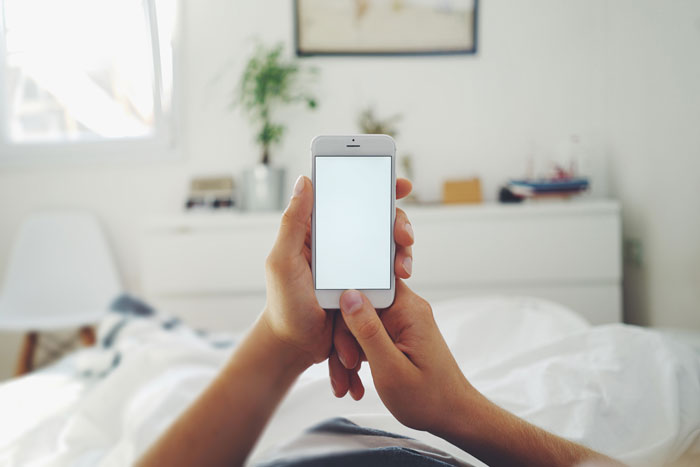
You’ve probably heard that the blue light emanating from your phone, tablet, or laptop is bad for you. But what exactly is blue light anyway? Why is it so bad for you? We break down everything you need to know below.
What is it?
The light spectrum is comprised of red, blue, orange, yellow, green, and violet hues with red and orange located on one end of the spectrum and blue and violet on the other end. While red rays have long wavelengths, blue rays have shorter wavelengths and emit higher amounts of energy, making it more likely to affect your eyes. The sun is typically the main source of blue light, but you can also be exposed to it indoors via computers, tablets, phones, TVs, and LED and fluorescent lights.
So…is it really bad for you?
Well, not entirely. Blue light plays a huge role in basic brain functions like memory, alertness, and emotion. Problems arise when you’re exposed to too much. For starters, you might experience blurred vision, headaches, and burning or itching eyes after staring at a screen for a few hours. Overexposure can cause permanent vision loss as blue light penetrates to the back of the retina and damage light-sensitive cells. Plus, it can keep you up at night and restrain the production of melatonin — the hormone in charge of your circadian rhythm (aka your sleep/wake cycle).
How can you limit your exposure?
Luckily, there are ways to limit blue light exposure. You can purchase special blue light-blocking glasses, turn smartphones, tablets, and computer screens to the “night shift” mode, and swap out light bulbs.
xx, The FabFitFun Team




